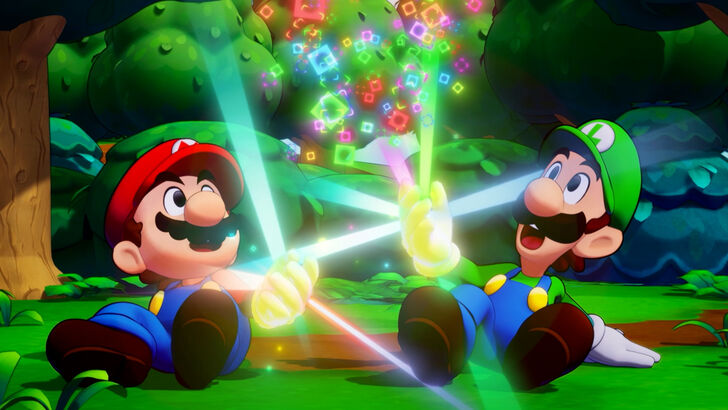
Nintendo's 84th Annual Shareholders Meeting provided insights into the company's future strategies. This report summarizes key discussions on cybersecurity, leadership succession, global partnerships, and game development innovation.
Related Video
Nintendo's Security Concerns
Nintendo's 84th Annual General Meeting: A Look Ahead
Leadership Transition

Nintendo's 84th Annual General Meeting addressed crucial issues, including information security and the succession plan for Shigeru Miyamoto. Miyamoto, while still actively involved (e.g., Pikmin Bloom), emphasized the smooth transition of responsibilities to younger developers, ensuring continued creative success.
Enhanced Security Measures

Following recent industry security breaches (like the KADOKAWA ransomware attack), Nintendo highlighted its strengthened security protocols. This includes collaborations with security specialists, system improvements, and enhanced employee training to protect intellectual property and operational integrity.
Accessibility and Indie Developer Support

Nintendo reaffirmed its commitment to accessible gaming, particularly for visually impaired players, though specifics weren't detailed. The company also reiterated its strong support for indie developers, providing resources, global promotion, and media exposure to foster a diverse gaming ecosystem.
Global Expansion and Strategic Partnerships

Nintendo's global expansion strategy includes collaborations like the NVIDIA partnership for Switch hardware development. Diversification beyond gaming is evident in theme park ventures (Florida, Singapore, Japan's Universal Studios) to broaden its global reach and entertainment offerings.
Innovation and IP Protection

Nintendo emphasized continued innovation in game development while vigorously protecting its iconic IP (Mario, Zelda, Pokémon). The company addresses challenges related to lengthy development cycles by prioritizing quality and innovation. Strong IP protection measures, including legal action, ensure the long-term value and integrity of its franchises. These strategies aim to maintain Nintendo's leadership in the gaming industry and foster continued growth and audience engagement worldwide.















